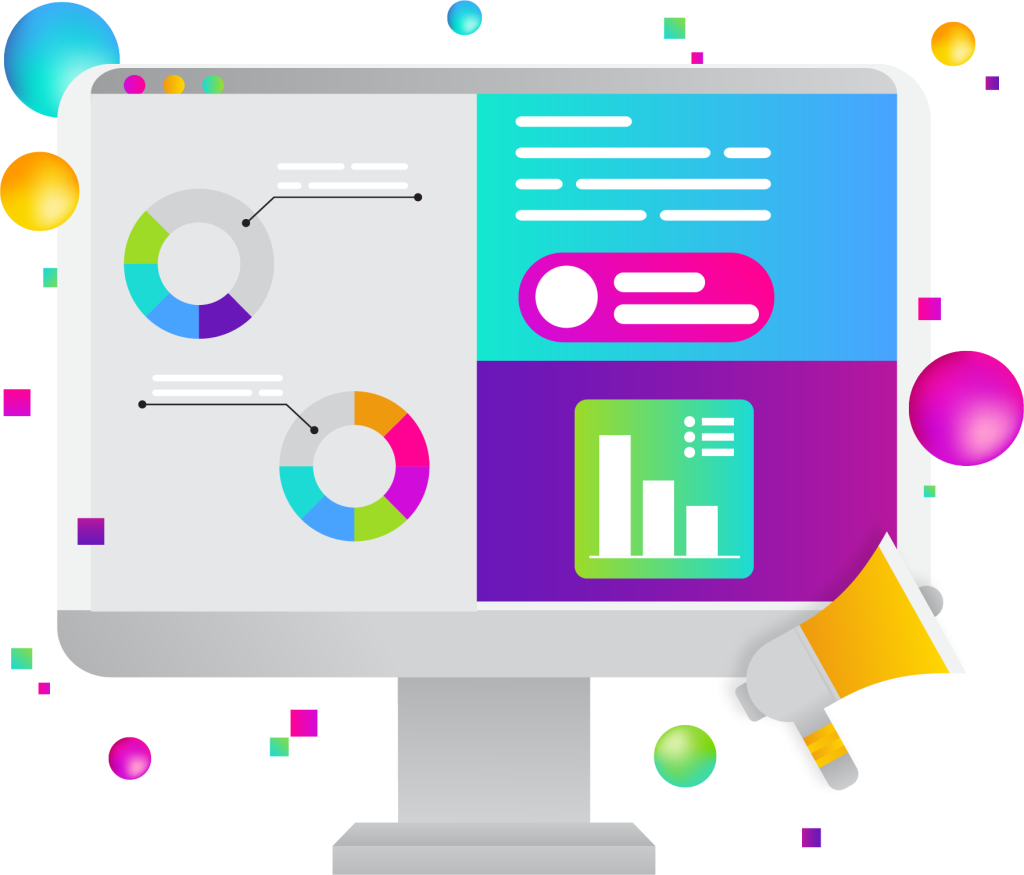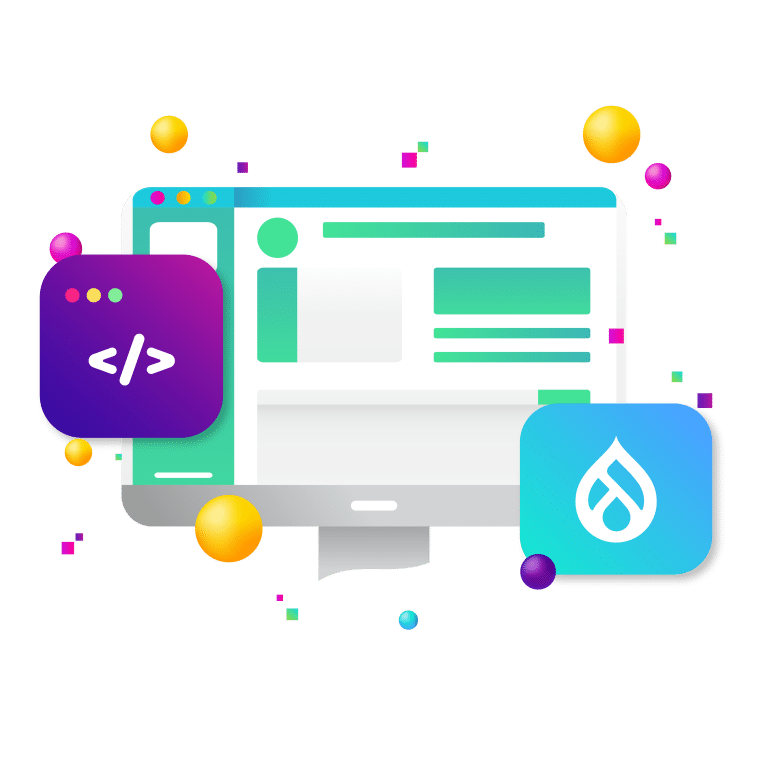
Understanding your audience is no longer a marketing luxury—it’s the linchpin of success. While many organizations have built personas to represent their audience, these models too often remain superficial: a fictional name, a list of demographics, and maybe a few hobbies. What they lack is behavioral context—how users actually interact with your brand across devices, platforms, and time. This is where multichannel journey mapping becomes indispensable. By mapping the customer journey, you can turn static personas into data-driven blueprints that guide engagement at every digital touchpoint.
What Is Multichannel Journey Mapping?
Multichannel journey mapping is the method of tracking, analyzing, and visualizing how users move through various online and offline touchpoints on their path toward a specific goal. These goals can range from downloading a whitepaper to purchasing a product or becoming a recurring donor. The map captures interactions across search engines, display ads, social media, email campaigns, websites, in-store visits, phone support, and even QR codes.
Unlike traditional funnel models, which imply a linear path, multichannel journey maps embrace complexity. A single user might see a Facebook ad, perform a branded search on Google days later, open an email follow-up, and finally make a purchase after watching a testimonial video. Journey mapping unearths these patterns, revealing the compound effect of multiple touchpoints working together.
Why Static Personas Fall Short
While personas offer foundational insights, they often fail to reflect the reality of modern digital behavior. Here’s why they fall short in guiding strategic decisions:
- Limited Behavioral Data: Static personas rarely reflect actual behavioral flows, engagement metrics, or preferred digital channels.
- Generic and Inflexible: Many are built on assumptions rather than live data, making them difficult to adapt as user behavior evolves.
- Lack of Funnel Awareness: Personas often ignore the fact that users shift motivations and needs depending on where they are in the customer journey.
Consider the persona “Loyal Linda.” She might be profiled as a socially conscious 45-year-old donor, but journey mapping might reveal that she engages primarily through mobile, finds content via Instagram Stories, and avoids converting until she reads peer reviews or tax impact disclosures.
With journey mapping, personas become multi-dimensional, providing clarity not just on who the user is, but how they behave, what they need, and what roadblocks they face.
The Building Blocks of a Multichannel Journey Map
Effective journey mapping requires cross-functional collaboration and a mix of data sources. Below are the key building blocks:
Persona Anchoring
Begin by revisiting your existing personas. Use behavioral data to validate or refine them. Analytics platforms like Google Analytics 4, Mixpanel, and HubSpot can help identify which personas engage with which content, from which sources, and at what times.
Supplement this with qualitative data—conduct user interviews, review support tickets, and gather customer feedback to better understand motivations and pain points. Ask not just “who is the user?” but also “what do they want, and what gets in their way?”
Touchpoint Inventory
List every possible user interaction. Include:
- Digital: Organic search, paid ads, social posts, referral links, chatbots, emails, webinars, landing pages.
- Offline: Events, customer service calls, direct mail, print materials.
- Device-based: Desktop vs. mobile vs. tablet vs. voice-enabled devices.
Organizing this inventory helps expose potential blind spots and surface underutilized channels.
Funnel Alignment
Structure the journey by funnel stages:
- Awareness: Discovering your brand via SEO, social, or word of mouth.
- Consideration: Comparing options, browsing site content, evaluating credibility.
- Conversion: Completing a purchase, donation, or registration.
- Retention: Engaging post-conversion via newsletters, account logins, or customer service.
- Advocacy: Sharing content, writing reviews, or referring others.
Not all users start at awareness; some enter mid-funnel. Your map must reflect this flexibility.
Behavioral Insights
Go beyond surface metrics. Analyze:
- Entry and exit pages
- Bounce and scroll rates
- Click paths and heatmaps
- Time to conversion
- Session frequency and duration
Tools like Crazy Egg, FullStory, and Microsoft Clarity provide actionable heatmaps and session replays. Match this data with user interviews or surveys to uncover the emotional friction behind drop-offs.
Emotional Journey
Overlay each journey stage with emotional cues. At what point is the user confused? When do they feel confident or skeptical? Emotions guide decision-making, and understanding them enables you to:
- Improve copy tone
- Optimize call-to-action placement
- Personalize messaging by stage
Use icons or tags to label sentiment: e.g., [anxious], [curious], [relieved]. These notes can influence everything from design to email subject lines.
Content and Channel Mapping
Now connect your existing content to your channels and funnel stages:
- Is your awareness-stage blog content discoverable via search and social?
- Are case studies and testimonials aligned with your conversion-stage landing pages?
- Do retention emails link to valuable resources, not just products?
Build a content-channel matrix to ensure consistency and identify content gaps.
Measurement Plan
Every touchpoint must have KPIs that ladder up to your business goals. Example KPIs include:
- CTRs for awareness ads
- Bounce rate on landing pages
- Email open and click-through rates
- Cost per acquisition (CPA)
- Net Promoter Score (NPS)
Use dashboards in Looker Studio or Tableau to monitor trends and adjust campaigns dynamically.
Turning Personas into Blueprints
Once your journey map is complete, it becomes a strategic framework to optimize:
Content Strategy
Develop purpose-built content for friction points. If users exit at your About page, you might add credibility elements like press mentions or partner logos. If donation pages have low conversions, test explainer videos or simplified forms.
Ad Targeting
Create remarketing lists based on behavior. For instance:
- Abandoned cart visitors see a testimonial ad.
- Users who read a whitepaper get invited to a webinar.
- Returning visitors get time-limited offers.
Email Automation
Segment automation by journey behavior:
- Webinar drop-offs receive a reminder with highlights.
- Trial users get case studies to encourage upgrade.
- Newsletter signups from SEO receive curated content bundles.
UX and Design
User testing and heatmaps can reveal high-friction experiences. Do mobile users abandon after interacting with the navigation menu? Is the search bar underutilized? These clues help design teams prioritize.
SEO and SEM
Match search intent to journey phase:
- Awareness: “What is climate advocacy?”
- Consideration: “Best environmental nonprofits to donate to”
- Conversion: “[Your brand] donation impact”
Build landing pages and PPC ads around these aligned queries.
Internal Linking and Navigation
Support journey flow with intuitive links:
- Blog posts include CTAs to tools, webinars, or downloads
- Product pages link to FAQs or comparison guides
- Donation pages offer stories of real-world impact
Internal links can reduce bounce and improve SEO crawlability.
How to Get Started
Successfully implementing multichannel journey mapping doesn’t require a complete overhaul from day one. It can be approached incrementally. By starting small and scaling based on proven success, you avoid unnecessary complexity and gain organizational buy-in through early wins.
Pilot One Persona
Start by selecting a single, high-value persona—either one that currently converts well (so you can optimize performance) or one that underperforms (to uncover barriers). Clearly define the core objective: is it donation, signup, purchase, or repeat engagement? From there, chart each observable step that this persona takes on their path to the goal.
Map entry points (e.g., paid ads, social shares, organic search), navigation patterns, content consumed, and eventual exit or conversion. If possible, supplement analytics with interviews or surveys to understand intent and emotion behind these behaviors. The goal is to isolate friction and identify scalable enhancements. By focusing on one journey, you can prove value before expanding to other personas.
Involve Cross-Disciplinary Teams
Journey mapping thrives when it reflects multiple viewpoints. That means including staff beyond just marketing. UX designers can identify usability issues; developers can explain technical limitations or opportunities; analytics professionals can validate user behaviors with hard data; and customer service reps can relay patterns in complaints, questions, and praise.
By forming a cross-functional team, you get:
- A more complete view of the user experience
- Better alignment between strategy and implementation
- Faster adoption of changes organization-wide
Create regular touchpoints or sprint-based reviews to keep everyone engaged. Collaboration is essential, as journey mapping often leads to cross-channel and cross-departmental improvements.
Use the Right Tools
Choosing the right tools ensures accuracy, scalability, and ease of iteration. While many journey maps begin on whiteboards or spreadsheets, digital platforms provide powerful functionality:
Mapping and Visualization
- Figma and Miro allow teams to co-create and iterate on journey visuals in real-time.
- Lucidchart is useful for more structured flows with defined conditions and outcomes.
Web and Funnel Analytics
- Google Analytics 4 offers event-based tracking and audience segmentation.
- Mixpanel excels at tracking user flows across web and mobile apps.
Behavioral Tools
- Hotjar and Crazy Egg provide heatmaps, click tracking, and session replays to understand where users struggle.
User Feedback and Surveys
- Typeform and Usabilla offer contextual feedback forms.
- Delighted can gather sentiment and NPS data at critical journey moments.
Integrating these tools allows you to triangulate qualitative and quantitative data for a more robust map.
Keep It Evolving
A journey map is not a static deliverable. User behaviors shift, content changes, platforms update, and new channels emerge. To remain useful, your journey map must evolve alongside these dynamics.
- Quarterly Reviews: Establish a routine cadence to revisit each map. Review recent campaigns, funnel data, and user feedback to identify what’s changed.
- Version Control: Track changes between iterations so you can see the impact of design or messaging adjustments.
- Layer New Segments: As your user base grows, consider adding new segments or micro-journeys to reflect emerging patterns.
- Embed into Workflows: Treat the journey map as a living resource—link it from campaign briefs, use it in content planning, and review it during stakeholder meetings.
Continuous iteration ensures your journey maps don’t just reflect the past but actively shape the future of your digital strategy.
From Assumptions to Action with New Target
At New Target, we transform digital assumptions into strategies grounded in user behavior. Multichannel journey mapping allows our clients to go beyond guesswork and create seamless, persuasive user experiences that drive measurable results.
Whether you’re refining a membership program for your association, optimizing donation funnels for your nonprofit, or launching a product for your brand, multichannel journey mapping reveals the hidden opportunities in your digital landscape. We don’t just design websites or write email copy—we architect performance around your real-world audience behavior.
Let’s chat and evolve your personas into high-performance blueprints.



